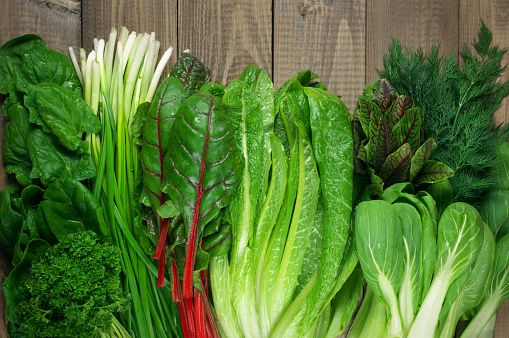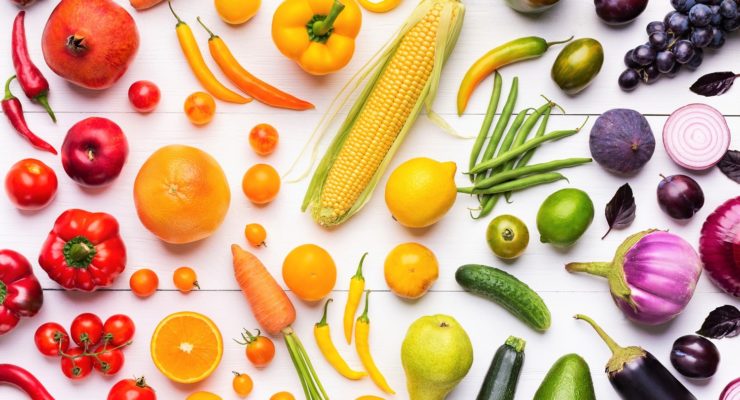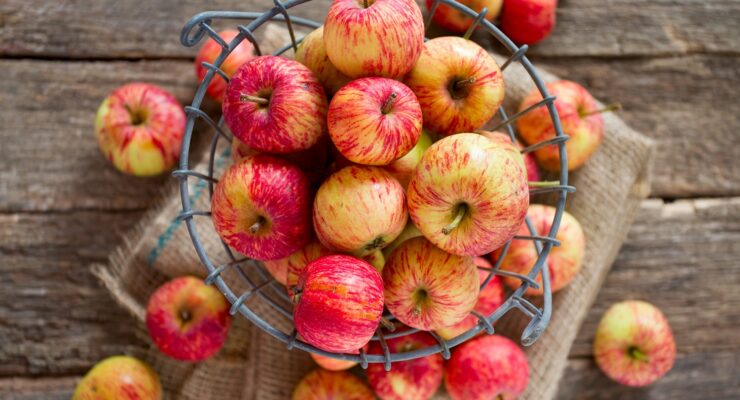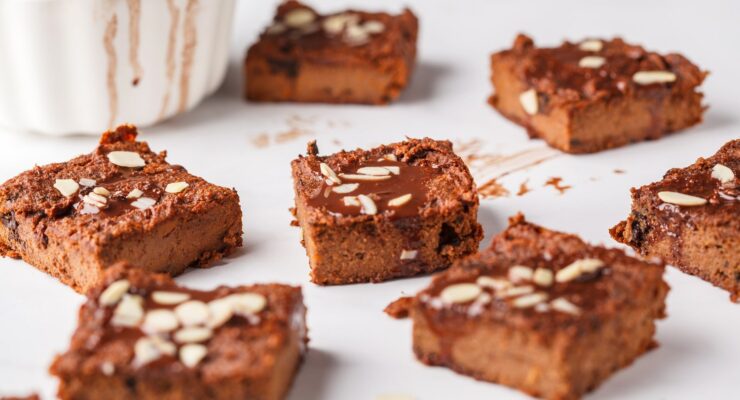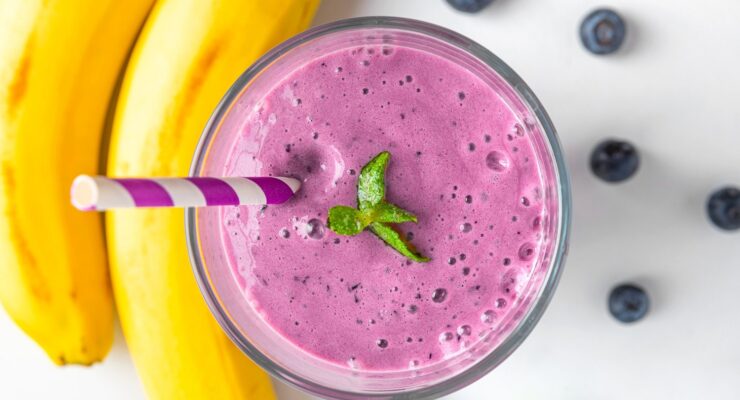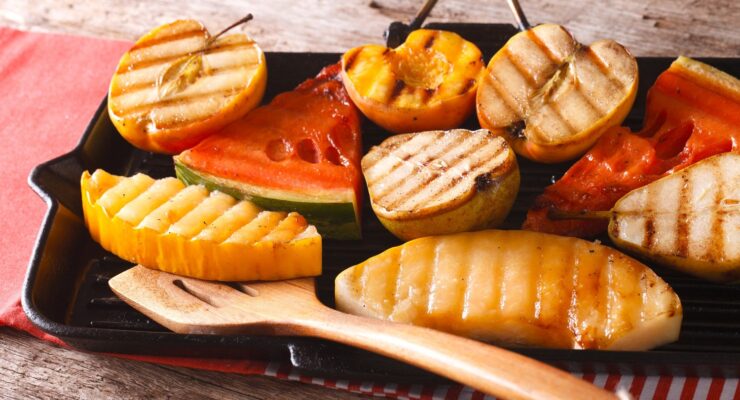How to Cook with Watercress
Article posted in: Diet & Nutrition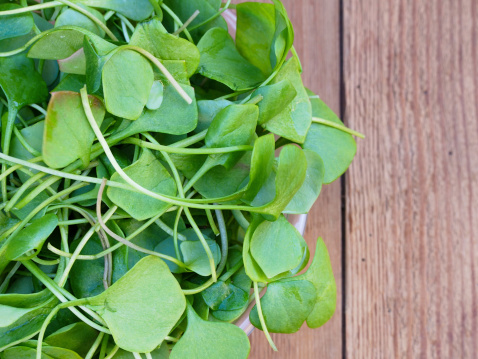
Watercress isn’t as trendy as kale or as familiar as spinach, but when it comes to nutrition and flavor it’s as good or better than either of those stalwarts of healthy diets. A leafy green in the mustard family, watercress is as nutrient dense as food can get–low in calories and loaded with essential vitamins and minerals. And its peppery taste adds zing to everything from salads and sandwiches to soups and sauces.
A one-cup serving of raw watercress has fewer than four calories, about half of which come from protein. That single serving provides 24 percent of the vitamin C, 22 percent of the vitamin A, and 106 percent of the vitamin K you need each day. Watercress is a rich vegetable source of omega-3 fatty acids, which the American Heart Association recommends to protect your cardiac health. For those on a Nutrisystem weight loss plan, watercress is categorized as a vegetable you can eat in unlimited amounts.
You can find watercress in supermarkets year-round, but its peak periods are early spring and fall. Watercress is commonly sold in bunches with the roots still attached. Look for bright green leaves on firm stems. Wait to wash watercress until just before you’re ready to eat it or cook with it. If you don’t consume it right away, you can store it in a ventilated plastic bag in your refrigerator for up to four days before it starts to lose quality and freshness.
When you want to eat watercress, rinse it thoroughly in cold water, then allow the leaves to dry completely. Trim off the roots with a sharp knife. You can eat watercress raw in salads or in a sandwich, but its zesty flavor can be strong for some tastes, so it’s often blended with milder greens such as Bibb lettuce. Like kale and spinach, watercress is easy to saute or braise for a deliciously spicy side dish. It makes chicken soup even more nutritious and gives it a flavorful bite.
If you’re ready to try the super-healthy greens, here are five more fresh ideas for enjoying it:
1. Watercress and watermelon salad contrasts the sharp bite of the greens with the sweet and juicy melon. Add feta cheese and pine nuts, top with a light vinaigrette and you have a flavorful light lunch or dinner side dish.
2. Eggs and greens are a healthful combination of low-calorie protein and nutritious vegetables. Include watercress in your favorite frittata or omelet and you get a zingy flavor that perks up ordinary egg dishes.
3. Change up your ordinary summer potato salad by adding chopped watercress, giving it a peppery taste that complements the mild flavor of the spuds.
4. Replace some or all of the basil in your favorite pesto recipe with watercress to make a zestier topping for pasta or vegetable dishes.
5. For a quick and easy Asian-flavored side dish to chicken or fish, saute watercress with shiitake mushrooms along with garlic and ginger.





